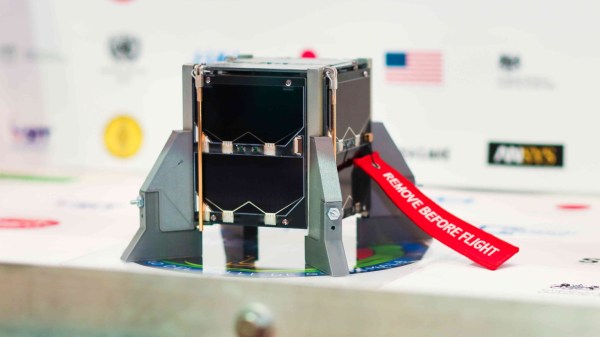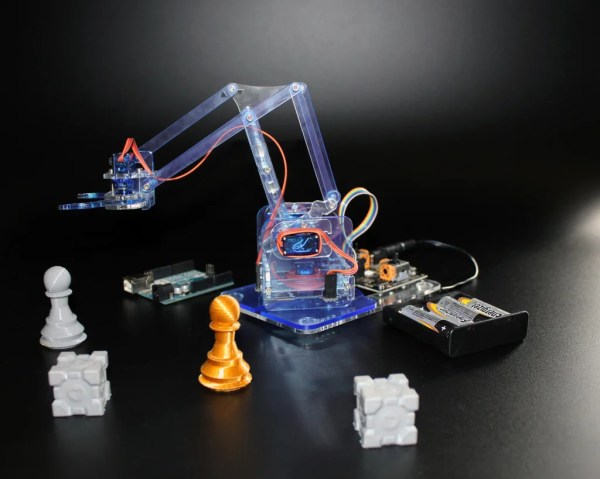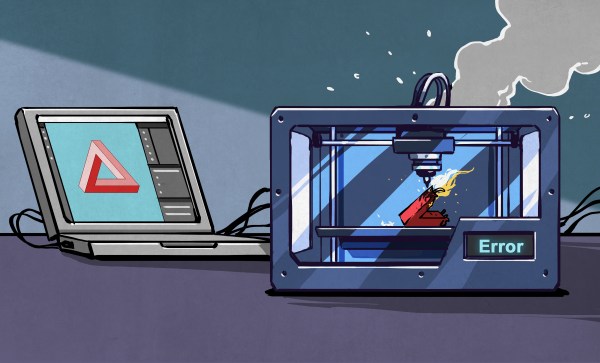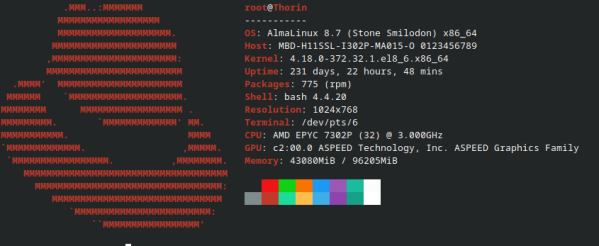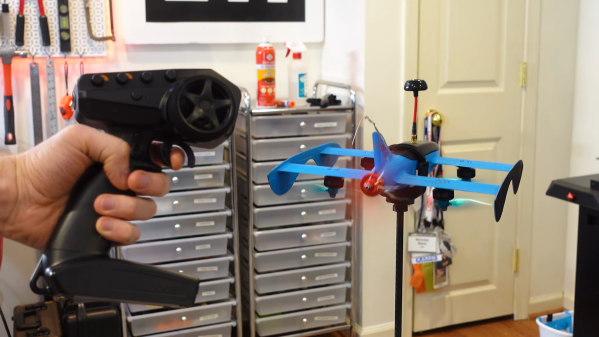Ever wanted a sweet OLED nametag with fancy features like daylight readability, automatic brightness adjustment, GIF animation support, all-day runtime, easy web interface, and more? [TobleMiner]’s OLED Nametag is the project you want to keep an eye on in that case.
It’s still an early prototype, but the feature list looks great and works with a variety of OLED modules that are easily available. The enclosure can be 3D printed, and while there is very little spare room inside the housing, [TobleMiner] has clearly made the most of all available space. Some PCB fab houses offer component placement these days, and the board is designed with exactly that in mind.
We’ve seen a batteryless E-paper display make a serviceable nametag in the past, and while those offer high contrast and wide viewing angles, they lack the sort of features this project is bursting at the seams with. Affordable access to good components and the ability to have high-quality PCBs made on demand has really raised the bar in terms of what a hacker project can work with in recent years, and we love to see it expressed in projects like this one.


